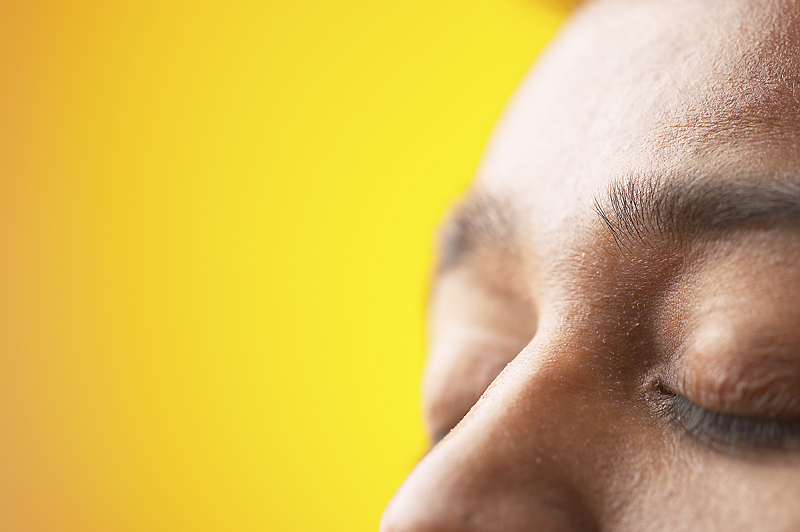
TUESDAY, May 29 (HealthDay News) — Joann Becenti awoke with a start — shocked to realize she was behind the wheel of a moving car.
Fortunately, she was able to guide the car safely to the side of the road and no one was hurt. But Becenti’s sleepless nights could have cost her her life.
“It scared the hell out me,” said Becenti, who lives in Gallup, N.M. “I knew I’d been tired a lot. I could fall asleep at the drop of a hat, but I didn’t know why. My husband told me that I snored at night and it seemed like I stopped breathing sometimes, but honestly, I didn’t really think anything about it. I didn’t suspect sleep apnea, and I certainly didn’t think that was why I was so tired during the day.”
Her near-accident was just the scare she needed to get her to go to the doctor. He told her he suspected that she had sleep apnea.
To confirm the diagnosis, the doctor sent her to a sleep lab to have an overnight sleep study. During the sleep study, Becenti was quickly diagnosed with obstructive sleep apnea. She was having at least 15 episodes every hour during which she was completely deprived of oxygen for more than 10 seconds at a time.
The sleep specialist then hooked up a continuous positive airway pressure, or CPAP, machine and let Becenti sleep the rest of the night attached to the machine.
“I woke up the next morning feeling rested and wonderful, even though I hadn’t gotten a full night’s sleep,” she said.
Becenti got her own CPAP machine to use at home. Although she liked the way she felt in the morning, she said the face mask was uncomfortable and the dry air from the CPAP machine seemed to aggravate her asthma symptoms.
After explaining this to her doctor, she said, he was able to quickly solve her problems. Instead of a mask that fit just around her nose, she got one that covered her nose, mouth and part of her face. In addition, she was able to add a humidifying element to her machine so that the air flowing through would be warm and moist.
“CPAP changed my life,” Becenti said. “It immediately changed my level of awareness, and I work better and live better since starting treatment. Plus, it’s just nice not to be so tired all the time.”
Her advice to anyone considering sleep apnea treatment?
“Just do it,” she said. “Don’t be concerned. The initial phase of the sleep study was uncomfortable, but it’s just one night. And even though it took some adjustments, I have a mask that’s comfortable for me now, and I wake up in the morning feeling good,” Becenti added.
“For the first time in my life,” she said, “I can get out of bed without feeling like I need to crawl back in for another couple of hours of sleep.”
More information
A companion article offers more on sleep apnea.

